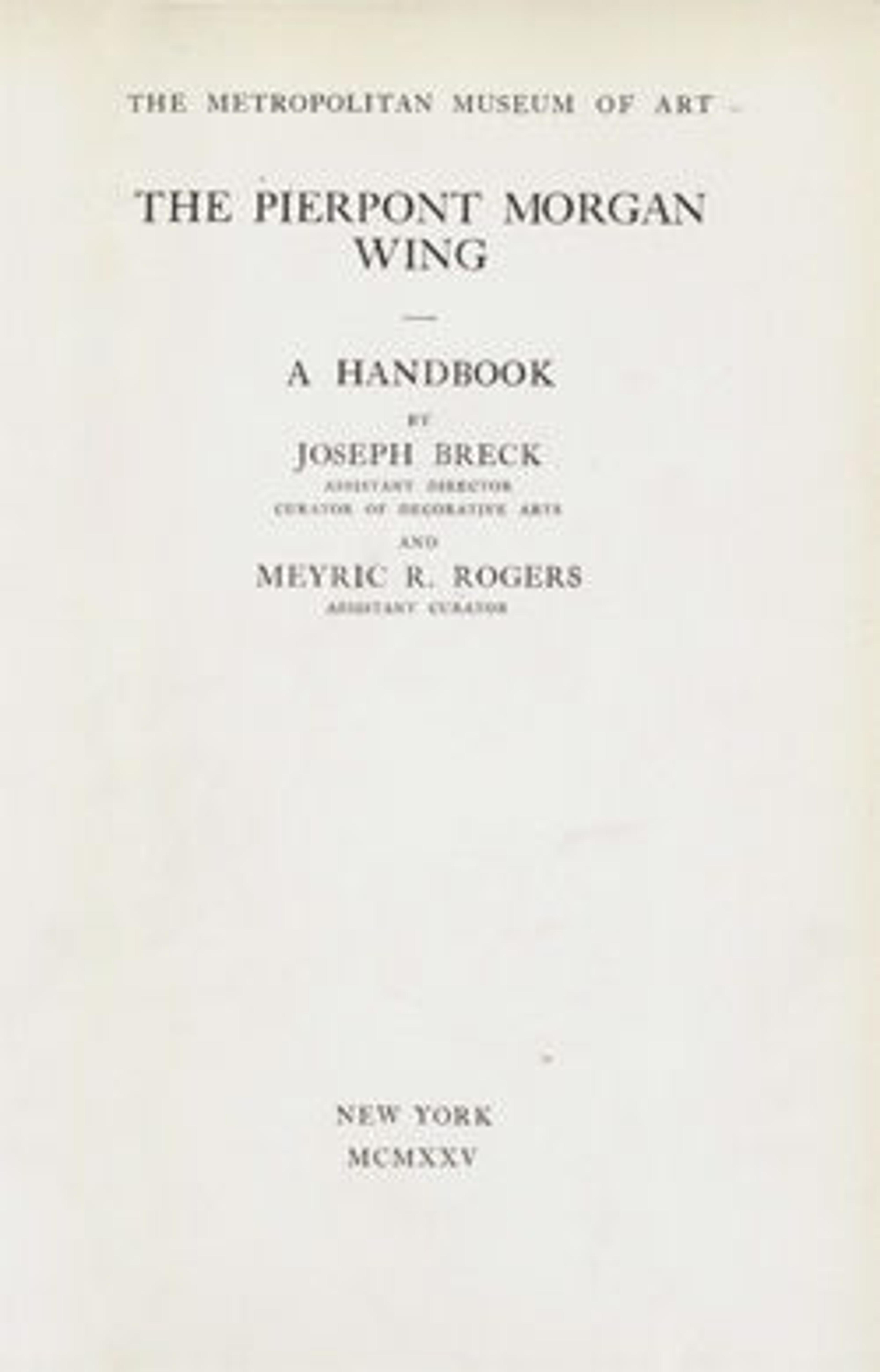Leaf from a Diptych with the life of the Virgin
This dense carving depicts scenes associated with the Redemption of Man. The left section of the diptych contains images from the Life of Christ, including Christ’s Betrayal, Crucifixion, and Resurrection. In the upper register is shown, from left to right, God the Father receiving his son, Christ between Justice and Mercy, and Saint Michael weighing souls. On the right are images of the Virgin’s role in man’s redemption, including the Annunciation and Nativity, as well as her Death, Assumption, and Coronation by Christ.
Artwork Details
- Title: Leaf from a Diptych with the life of the Virgin
- Date: mid to late 14th century
- Culture: British
- Medium: Elephant ivory
- Dimensions: Overall: 7 1/16 x 4 5/8 x 5/16 in. (18 x 11.8 x 0.8 cm)
- Classification: Ivories-Elephant
- Credit Line: Gift of J. Pierpont Morgan, 1917
- Object Number: 17.190.266
- Curatorial Department: Medieval Art and The Cloisters
More Artwork
Research Resources
The Met provides unparalleled resources for research and welcomes an international community of students and scholars. The Met's Open Access API is where creators and researchers can connect to the The Met collection. Open Access data and public domain images are available for unrestricted commercial and noncommercial use without permission or fee.
To request images under copyright and other restrictions, please use this Image Request form.
Feedback
We continue to research and examine historical and cultural context for objects in The Met collection. If you have comments or questions about this object record, please complete and submit this form. The Museum looks forward to receiving your comments.
